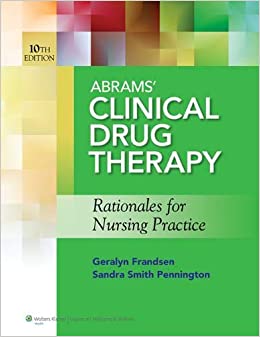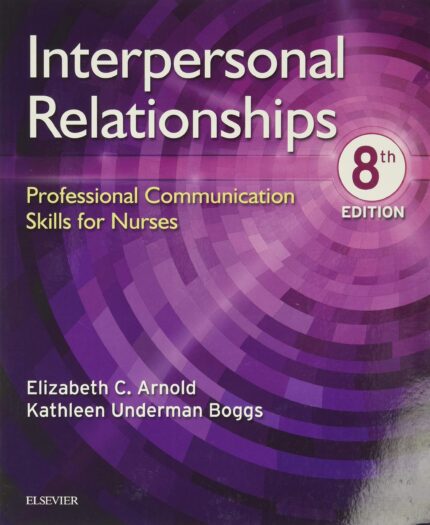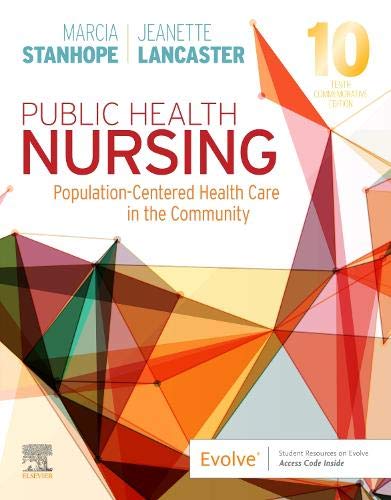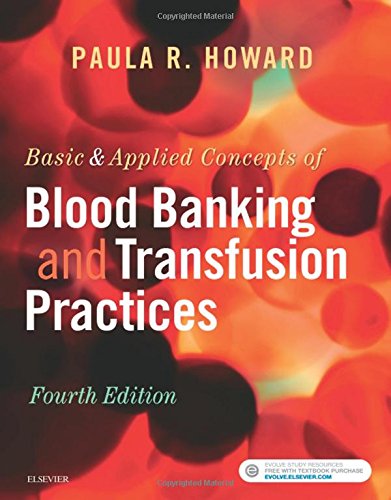Abrams’ Clinical Drug Therapy Rationales for Nursing Practice by Geralyn Frandsen -Test Bank
Test Bank For Abrams’ Clinical Drug Therapy Rationales for Nursing Practice by Geralyn Frandsen
Abrams’ Clinical Drug Therapy Rationales for Nursing Practice by Geralyn Frandsen -Test Bank
Abrams’ Clinical Drug Therapy Rationales for Nursing PracticeClinical Drug Therapy Rationales for Nursing Practice
| 1. | A woman has been prescribed paroxetine hydrochloride, which is an antidepressant agent administered in pill form. The medication is administered for her obsessive-compulsive disorder. This medication will produce which of the following effects? | |
| A) | Curative | |
| B) | Systemic | |
| C) | Local | |
| D) | Parenteral | |
| Ans: | B | |
| Feedback: | ||
| Drugs that produce systemic effects are taken into the body, circulated through the bloodstream to their sites of action in various body tissues, and eventually eliminated from the body. Curative agents are given to cure a disease process. In this case, paroxetine hydrochloride will control the symptoms but not cure the disorder. Drugs with local effects, such as sunscreen and local anesthetics, act mainly at the site of application. Paroxetine hydrochloride is not administered parenterally. Parenteral agents are administered subcutaneously, intramuscularly, or intravenously. | ||
| 2. | A patient has been prescribed an antibiotic. This medication is a naturally occurring substance that has been chemically modified. What is another name for this type of medication? | |
| A) | Synthetic drug | |
| B) | Semisynthetic drug | |
| C) | Biotechnology drug | |
| D) | Prototype drug | |
| Ans: | B | |
| Feedback: | ||
| Semisynthetic drugs (e.g., many antibiotics) are naturally occurring substances that have been chemically modified. Synthetic drugs are more standardized in their chemical characteristics, more consistent in their effects, and less likely to produce allergic reactions. Biotechnology drugs involve manipulating DNA and RNA and recombining genes into hybrid molecules that can be inserted into living organisms. Prototype drugs are the first drug of a particular group to be developed. | ||
| 3. | A patient is administered morphine. Morphine is a prototypical drug that can be classified in different ways. Which of the following classifications applies to morphine? | |
| A) | Central nervous system depressant | |
| B) | Central nervous system stimulant | |
| C) | Anti-inflammatory | |
| D) | Antihypertensive | |
| Ans: | A | |
| Feedback: | ||
| Drugs are classified according to their effects on particular body systems, their therapeutic uses, and their chemical characteristics. For example, morphine can be classified as a central nervous system depressant and a narcotic or opioid analgesic. A central nervous system stimulant increases attention and raises mood. An anti-inflammatory agent decreases inflammation at the site of tissue or joint inflammation. An antihypertensive agent reduces blood pressure. | ||
| 4. | A patient is administered amoxicillin (Amoxil). The generic name of this medication indicates that it belongs to which drug group? | |
| A) | Selective serotonin reuptake inhibitors | |
| B) | Diuretics | |
| C) | Penicillins | |
| D) | ACE inhibitors | |
| Ans: | C | |
| Feedback: | ||
| The generic name often indicates the drug group (e.g., drugs with generic names ending in “cillin” are penicillins). Selective serotonin reuptake inhibitors are medications that have antidepressant effects; SSRI is a broad classification, not a generic name. Diuretics are medications that increase urine output; diuretic is a broad classification, not a generic name. ACE inhibitor is the broad classification for the angiotensin-converting enzyme inhibitors, not the generic name. | ||














Reviews
There are no reviews yet.